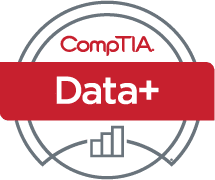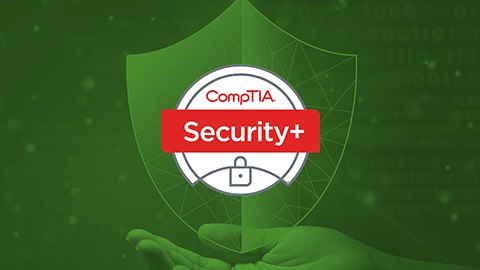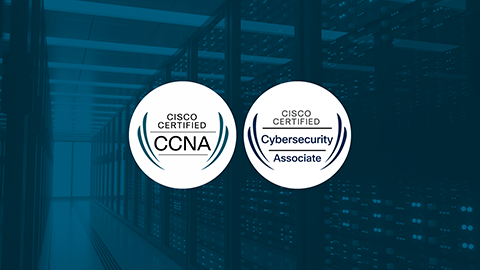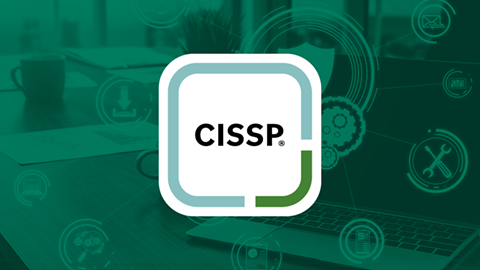
CompTIA Data+ Training Boot Camp

What you'll learn
Training overview
With data playing an ever-increasing role in today’s business and technology landscape, the demand for skilled data professionals is higher than ever. Upon completion of this course, you’ll have the knowledge needed to pass the CompTIA Data+ exam as well as valuable data skills for nearly any industry or role. This in-depth boot camp aligns with the five exam domains:
- Data Concepts and Environments
- Data Mining
- Data Analysis
- Visualization
- Data Governance, Quality and Controls
What's included
Everything you need to know

- 90-day extended access to Boot Camp components, including class recordings
- 100% Satisfaction Guarantee
- Exam Pass Guarantee
- Exam voucher
- Free 90-day Infosec Skills subscription (access to 1,400+ additional courses and labs)
- Knowledge Transfer Guarantee
Syllabus
Training schedule
Day 1
Introductions
Introduction to Data+
Domain 1 – Data Concepts and Environments
Day 2
Domain 2 – Data Mining
Domain 2 – Data Mining continued
Day 3
Domain 3 – Data Analysis
Domain 3 – Data Analysis continued
Day 4
Domain 4 – Visualization
Domain 4 – Visualization continued
Day 5
Domain 5 – Data Governance, Quality and Controls
Final Wrap Up & Practice Exam
Schedule may vary from class to class
Guaranteed results
Our Boot Camp guarantees
Exam Pass Guarantee
If you don’t pass your exam on the first attempt, get a second attempt for free. Includes the ability to re-sit the course for free for up to one year (does not apply to CMMC-AB Boot Camps).
100% Satisfaction Guarantee
If you’re not 100% satisfied with your training at the end of the first day, you may withdraw and enroll in a different online or in-person course.
Knowledge Transfer Guarantee
If an employee leaves within three months of obtaining certification, Infosec will train a different employee at the same organization tuition-free for up to one year.
Who should attend

- Anyone looking to improve their skill in utilizing or managing data
- Those looking to pass the CompTIA Data+ certification exam
- New or current data analysts, engineers, managers and stewards
- Organizational leaders looking to better
- understand and leverage data
What makes the Infosec Data+ prep course different?
As one of CompTIA’s top partners, you can rest assured that the Data+ training materials are fully updated and synced with the latest version of the Data+ exam. With 20 years of training experience, we stand by our Data+ training with an Exam Pass Guarantee. This means if you don’t pass the exam on the first attempt, we’ll pay for your second exam at no additional cost to you!
Before your Boot Camp
Prerequisites
You're in good company
Erik Heiss, United States Air ForceThe instructor was able to take material that prior to the class had made no sense, and explained it in real world scenarios that were able to be understood.
Michelle Jemmott, PentagonI really appreciate that our instructor was extremely knowledgeable and was able to provide the information in a way that it could be understood. He also provided valuable test-taking strategies that I know not only helped me with this exam, but will help in all exams I take in the future.
Robert Caldwell, Salient Federal SolutionsThe course was extremely helpful and provided exactly what we needed to know in order to successfully navigate the exam. Without this I am not confident I would have passed.
View all schedule options
CompTIA Data+ Training Boot Camp
$2,374.00
CompTIA Data+ Training Boot Camp
$2,374.00
CompTIA Data+ Training Boot Camp
$2,374.00
CompTIA Data+ Training Boot Camp
$2,374.00
Quick facts
- Duration
- 5 days
- Method
- Live online or team onsite
- Level
- 1-3 years of experience
Award-winning training you can trust




Ready to discuss your training goals? We've got you covered.

Unlock team training discounts
If you’re like many of our clients, employee certification is more than a goal — it’s a business requirement. Connect with our team to learn more about our training discounts.
Request Team PricingQuick facts
- Duration
- 5 days
- Method
- Live online or team onsite
- Level
- 1-3 years of experience
Award-winning training you can trust




Explore our top boot camps





